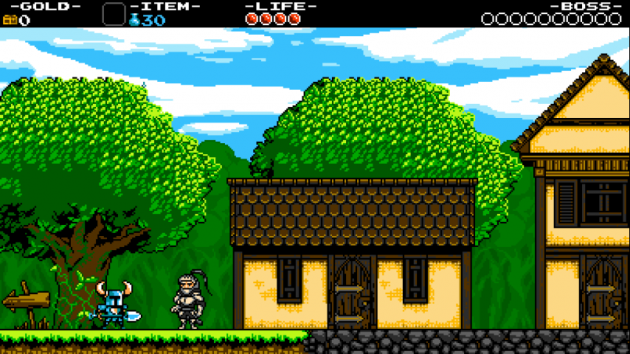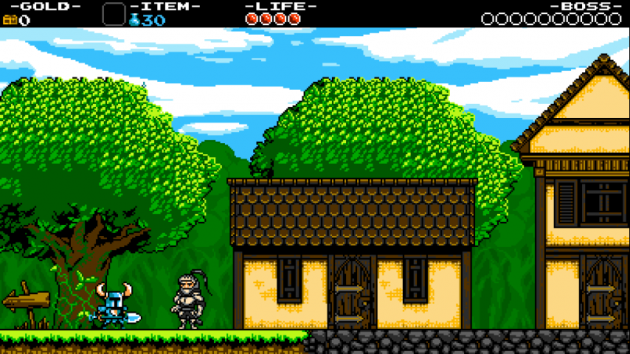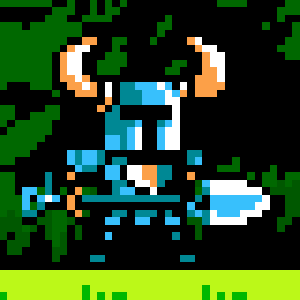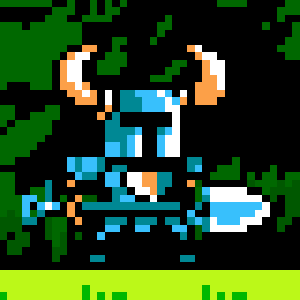Many fans of Yacht Club Games have noticed a weird trend in the games we’ve worked on: we almost always add an action, assigned to a specific button, that has little or no purpose for either the gameplay or the story. Initially, this may seem to fly in the face of our design sensibilities which favor simple gameplay and mechanics. Why would anyone design a mechanic that doesn’t benefit gameplay and instead adds another potentially confusing action. “Games should be simple! One action! Like jumping in Mario! Why would anyone decide to do something so dumb?!” Today we’re going to try and explain why we add useless actions to games, and explain some of the weird and fun things we’ve done in the past. This quirk might not fit every game, but it’s definitely a unique re-occurring element to us that adds a little bit of flavor!
a boy and his blob – The Hug Button
The useless action debut was a boy and his blob for Nintendo Wii in 2008. The hand-drawn 2D platformer was intended to have a Disney or Studio Ghibli feel, with the heartfelt relationship between the boy and the blob anchoring the game. The boy and blob had to work together by using the blob’s magical ability to transform into a variety of useful objects. By pressing up on the d-pad, you could also make the boy bend down and embrace his blob friend. This did nothing but give the player good feels. We think most people immediately understood what was special about the hug button. In a time where Gears of War, God of War, and other Game of Wars were at the height of their popularity, it was quite a surprise to see a game where you could hug. Articles were even written on it! In case you haven’t seen it, here’s the cute (but useless) action we’re talking about:
The hug in a boy and his blob may not have added anything to the gameplay, but it got the player more invested in the game world. Hugging the blob provided a sweet note to the little story that the player creates between the boy and the blob. It also reemphasized the symbiotic connection between the characters, which is reflected in the way you must play the game. We thought it was important that players understand the blob the same way they would a pet like a dog. The AI for the game was not perfect, but you had a general idea of how your friend would act. They might not always do what you want, but you still have compassion for each other and do your best to understand one another so you can accomplish your goals. Hugs can heal, even in digital relationships! And because players felt for the characters, they played the game with investment and paid more attention.
Story, art, music, sound, and other elements of the game can serve the gameplay directly, but they can also serve as a tool to make players more invested in the gameplay. This technique can be just as important as honing the gameplay itself! The player’s attachment to the game through things besides mechanics can help give them time to forgive parts of the game that may not appeal to them and meanwhile, more exposure to the game helps them to understand and appreciate how everything works. Why not assign a dedicated button for an action this important?
Double Dragon Neon- High-Fivin’ Shenanigans
Our second example comes from the previous game our team worked on together, Double Dragon Neon. This crazy 80’s co-op beat-em-up upped the ante with several wacky actions that had various levels of uselessness. We’ve got the High-Fives (which actually served co-op gameplay a good deal), kneeling and pushing (which did almost nothing), and beat boxing/dancing (which definitely did nothing). Check them out below:
Why so many actions? Well, Double Dragon Neon is a game that is completely over the top and the actions help to reinforce that. They help the player understand what the game is about: the 80’s, immaturity, playing with friends, pranking your friends, dumb fun, goofiness, comedy, and generally having a good time! The idea of punching a bunch of 80’s stereotypes for 2 hours whilst trying to track down an undead Super Space Lich is something that can only work if the player understands the context. As the main character would say, ‘What the Butt?!” Entering the state of mind to enjoy dumb fun can be very difficult, and having these useless actions not only help the player understand where the game is coming from, but provide a way for the player to participate in the silliness. Double Dragon Neon asks that the player give in to the silliness. This participation is vital to the enjoyment and understanding of Double Dragon Neon – without it, we don’t think the game would be anywhere near as loved.
Shovel Knight Dance
In the back of your mind, have you been trying to think of Shovel Knight’s useless action? Finally, we reach the moment of truth – the useless act in Shovel Knight is shown in the diagram here:
What’s that, you say?! You don’t see anything? Are you calling us crazy?! YOU ARE CRAZY! Let’s zoom in.
See!? He’s ducking!! When you press the down button in Shovel Knight, you perform a teeny, tiny little duck. The duck serves no gameplay purpose , your hit box does not change, and it doesn’t help you dodge anything… you may do with it as you will. We think it looks like a dance. And you can do it as fast as you want! After reading our elaborations on our previous two examples, you can probably guess a few reasons we included this pointless maneuver. It provides humor (as you duck to match NPC’s, or duck wildly when a conversation gets too dry), it’s cute, and it shows the game is a little silly and shouldn’t be taken too seriously. You can use it to participate during dances too! But most importantly, it does something that old Nintendo games did so well… it reminds you of the toyish nature of a game.
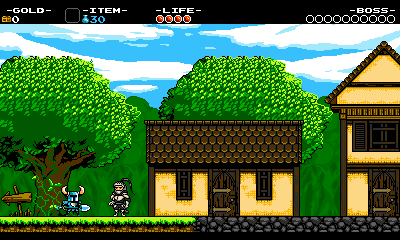
Many people describe it as ‘game feel’, but it’s something like this: have you ever felt that the NES Mario games were fun to play with barring any level design, world design, boss design, enemy design, or context? Simple games like that are fun immediately when you pick up the controller, the same way a toy should be fun from the moment you pick it up. It’s fun to move around the character and see how they react, to feel the motion of Mario’s jump or Mega Man’s grip on the floor, and imagine where these characters will go and what will happen to them! Shovel Knight’s duck dance is a reminder to the player to have fun with the character, to play with Shovel Knight – bend him at the knees like you would a toy. Make Shovel Knight dance! He’s yours, and we are all here to have fun. It makes sense, too, as dancing is a way of moving and enjoying our bodies similar to how we do with toys.
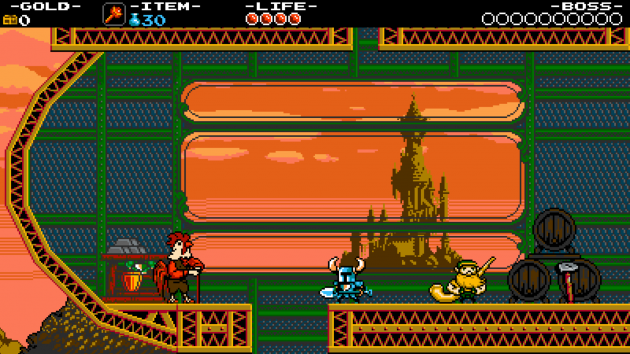
These ideas always strike unexpectedly! While playing Armor Outpost, Sean lamented that Shovel Knight could not bob along with Yoppler and Rooster Gent!
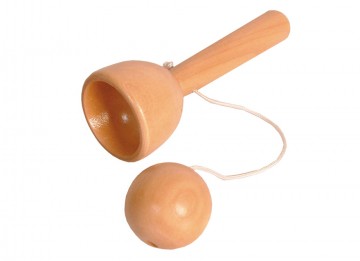
WHAT AM I SUPPOSED TO DO!?
Remember, it’s just for fun!
We’ve seen some really amazing praise for the feel of Shovel Knight, with players saying that playing gave them a long-lost sense of childlike wonder. We believe a big part of this is because of the simple and toyish nature of Shovel Knight himself. Hopefully, you’ll all get the same feelings of play and imagination that great toys provide, and that will lead to greater enjoyment of Shovel Knight as a whole. It’s so much fun when games are fun! Keep a look out for these tiny useless actions in games you play in the future: a jump in an MMO, honking the horn in Mario Kart, petting the horse in Shadow of the Colossus, the smoke button in Vanquish, there are countless examples that add a great deal to the experience! What’s your favorite useless action?

